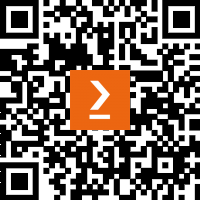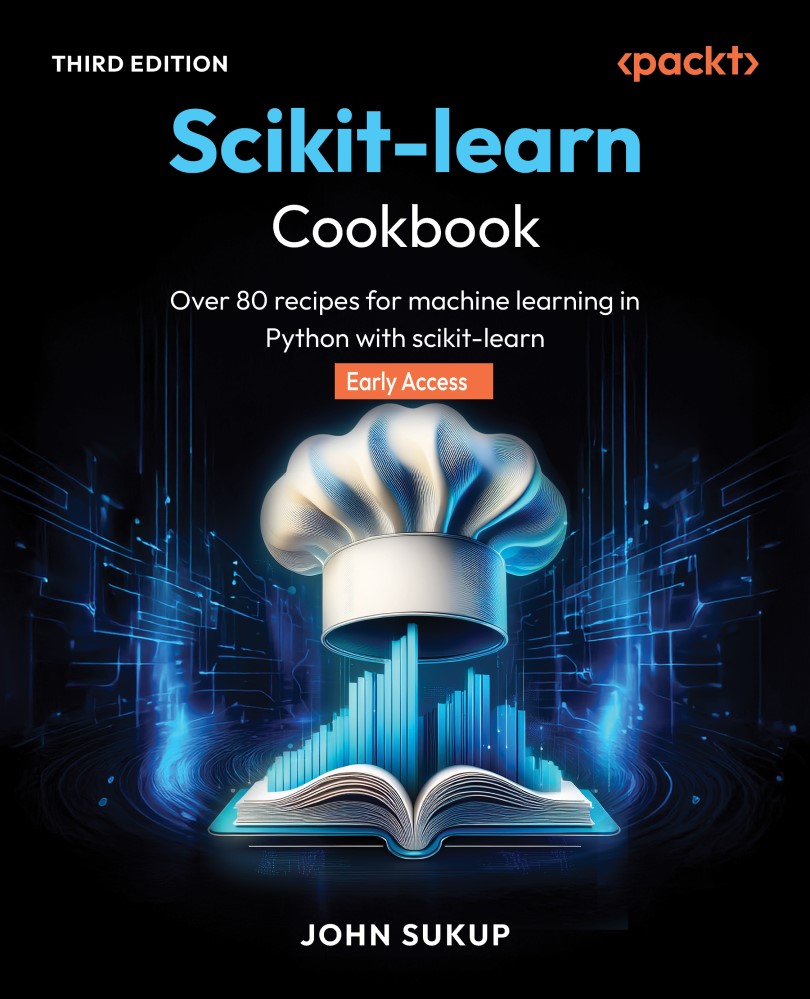Join our book community on Discord

https://packt.link/EarlyAccessCommunity
Up to this point, our machine learning (ML) models have been trained to uncover patterns in data that elicit a specific response or responses from our models’ inferences. In other words, “given these input values, can we train a model that can predict an output value when given new inputs that lack the desired output target?” This is supervised learning in a nutshell: our training data contains both inputs and outputs. Yet, we don’t always have data with outputs and sometimes rather than making predictions, we are more concerned with understanding underlying patterns in our data for the sake of just that. In this final section, we will look at unsupervised learning techniques where our data doesn’t have an output we’re trying to predict. As we’ll see, some of these techniques are precursors for building supervised learning models, so the two are intimately related...

































































